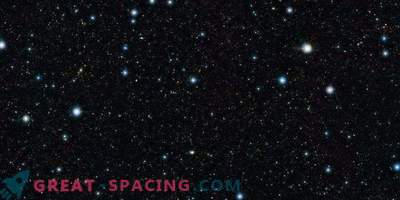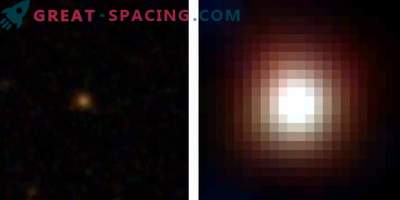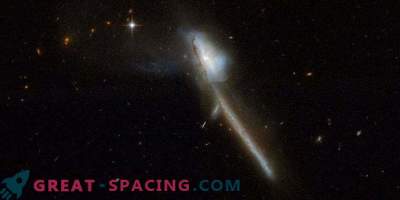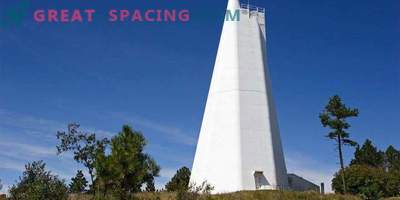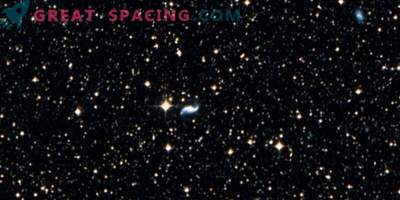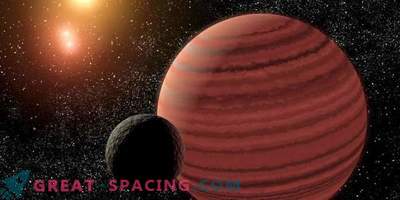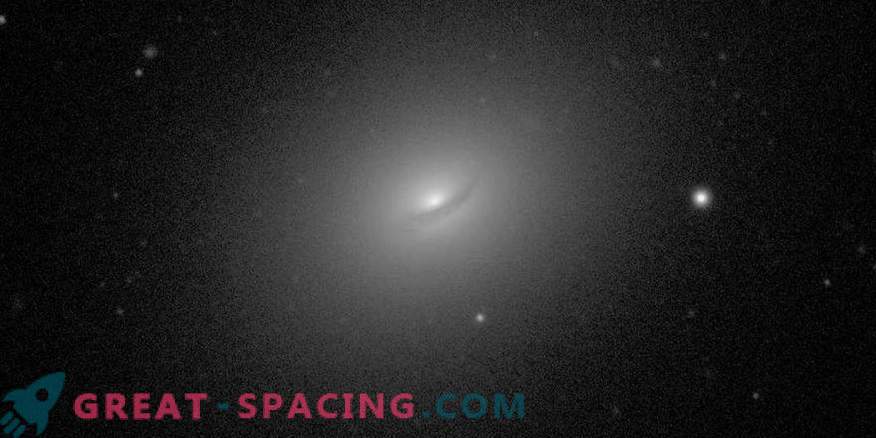
With the help of the Herschel telescope, Chinese scientists analyzed the interstellar medium in the early-type galaxy NGC 3665. In 1789, the object was found by William Herschel. Before you is a lenticular galaxy, distant by 108 million light years.
However, unlike typical representatives of early-type galaxies, NGC 3665 contains a huge amount of cold gas and a low density of stellar formation velocity. The study of gas, dust and other substances, especially in the interstellar medium, can help to understand the issue of the low level of star formation.
For the study, scientists used the infrared photometric and spectroscopic information obtained by the Herschel Space Observatory (the telescope operated in 2009–2013).
In the analysis, they focused on photometric observations at 100, 160, 250, 350, and 500 μm, obtained using a photo detector matrix and spectrometers. We also made spectroscopic observations of NGC 3665 into the CAHA 3.5-meter telescope.

The decomposition of a NGC 3665 2D convex disk. From left to right, the panels show a figurative image of the model and a residual frame subtracted from the model. Black area - dust structure near the galactic center It turns out that a neutral and ionized gas in the galaxy has extended structures and follows the distribution of disk gas based on carbon monoxide. In addition, the flow is stronger in the center.
Scientists estimate that the ratio of the mass of dust to stellar mass is 0.0011, which is almost three times the average value of local lenticular galaxies. When analyzing the ratio of the mass of gas to dust, the value is approximately equal to 182, as in the Milky Way.
The star formation rate reaches 1.7 solar masses per year. All this suggests that NGC 3665 has large gas reservoirs and a weak stellar birth. In addition, there is a weak active galactic core, a weak UV radiation field and the lowest gas heating efficiency in the photodissociation regions among various types of galaxies.
Most likely, the low star formation rate is associated with a compact massive bulge that stabilizes cold gas tanks.
